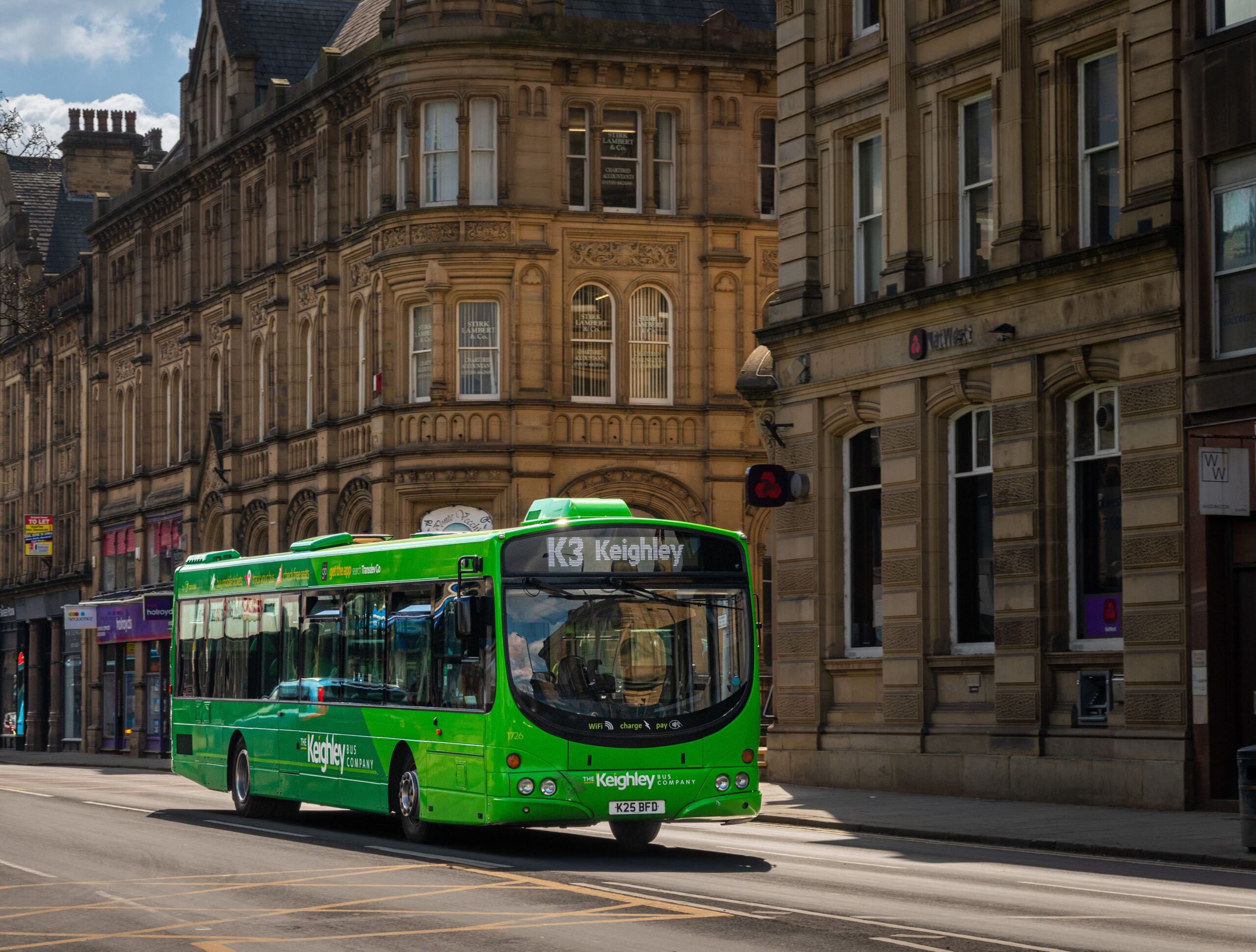Transdev is one of the largest bus operators in the world, with a strong presence in the Netherlands and the north of England. We operate approximately 480 buses through our subsidiary, Transdev Blazefield, all running on biodiesel as part of our sustainability strategy. As part of my function as Managing Director of Transdev Blazefield, I oversee daily the implementation of our different sustainable initiatives, and I am ensuring that we meet our financial, operational and environmental goals. My role also involves collaborating with partners like Argent Energy to manage biodiesel logistics, aligning sustainability initiatives with commercial objectives, and driving innovation through strategic decisions. Under my direction and with the support of my Team, we have transitioned to biodiesel and are laying the groundwork for fleet electrification.
We use a dynamic biodiesel blend, ranging from B10 in colder weather to B30 in warmer months, with an average of B20 throughout the year. This adjustment is necessary to prevent issues like fuel waxing in colder temperatures. The blending process is managed in collaboration with Argent Energy, and we use weather forecasts to ensure the appropriate concentration is used for optimal performance and reliability.
We haven’t noticed any significant impact on engine performance or fuel consumption since switching to biodiesel. Consumption remains stable, and any variations are within a negligible range of 1–2%. Given the diversity of our fleet and operational conditions, we haven’t seen any adverse effects directly linked to biodiesel.
Biodiesel requires careful management, especially during winter. We experienced one incident over Christmas when improper concentration management caused engine problems for 40 buses in one region. This required us to clean the fuel tanks and temporarily take the buses out of service. Since then, we’ve improved our processes to prevent similar issues, and we haven’t had further problems.

We haven’t encountered any logistical difficulties. Our storage facilities are well-managed, and our partnership with Argent Energy ensures smooth operations. They help us proactively adjust biodiesel concentrations based on weather conditions.
Biodiesel is around 1–2% more expensive than traditional diesel, which is significant in a competitive industry. However, the price stability it offers, combined with its environmental benefits, makes it a worthwhile investment for us.
The main drivers were our commitment to reducing CO2 emissions, aligning with environmental sustainability goals, and our partnership with Argent Energy. Biodiesel also serves as an effective transitional fuel as we prepare to electrify our fleet. By the end of next year, we aim to have 15% of our fleet electrified, which is a significant step toward our long-term sustainability goals.
Start with lower biodiesel blends, like B10, and gradually increase concentrations. Monitor engine performance closely and adjust for temperature conditions to prevent operational issues. Having a strong partnership with a reliable fuel supplier is crucial. Test in small steps, and ensure you have contingency plans in place to handle any challenges.
We are working towards fully electrifying our fleet over the next 5–10 years. This requires substantial investment in vehicles and infrastructure. In the meantime, biodiesel remains vital for reducing CO2 emissions and supporting our sustainability goals. Advancements in technology and government funding could help accelerate the process.
The transition to biodiesel has been a successful step for us. Our partnership with Argent Energy has been instrumental in making this a smooth process. While biodiesel is slightly more expensive, the environmental and operational stability benefits outweigh the additional costs. I encourage other companies to consider biodiesel as a transitional energy source and emphasise the importance of reliable partners and a phased approach.